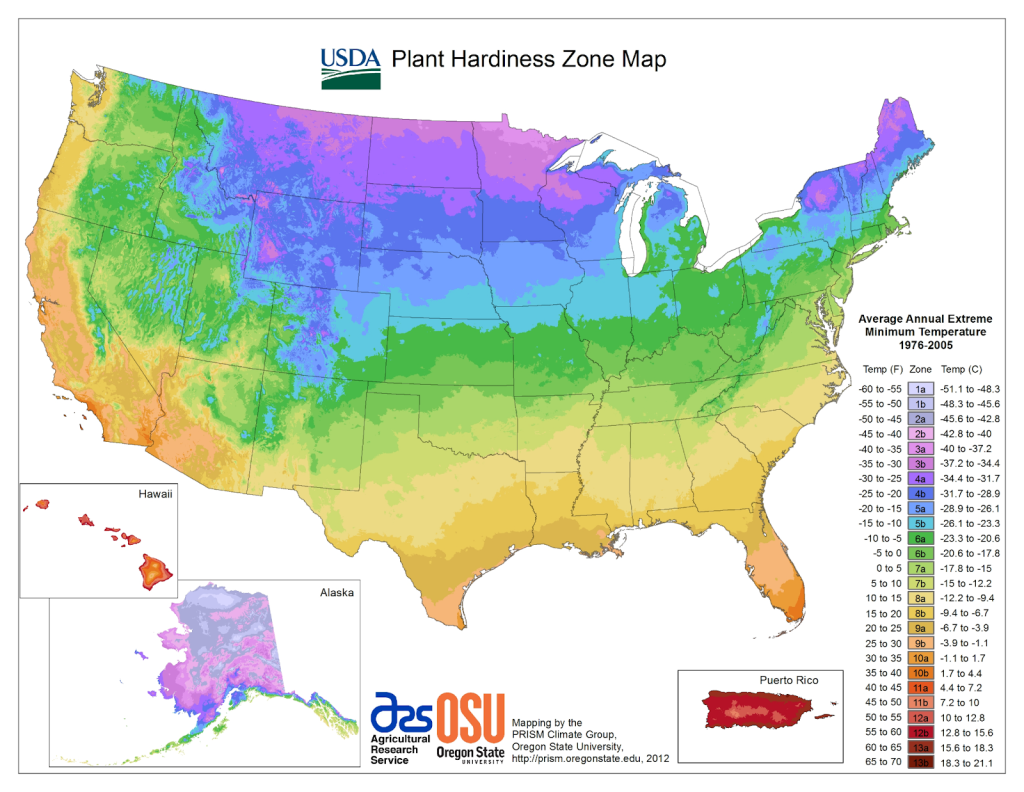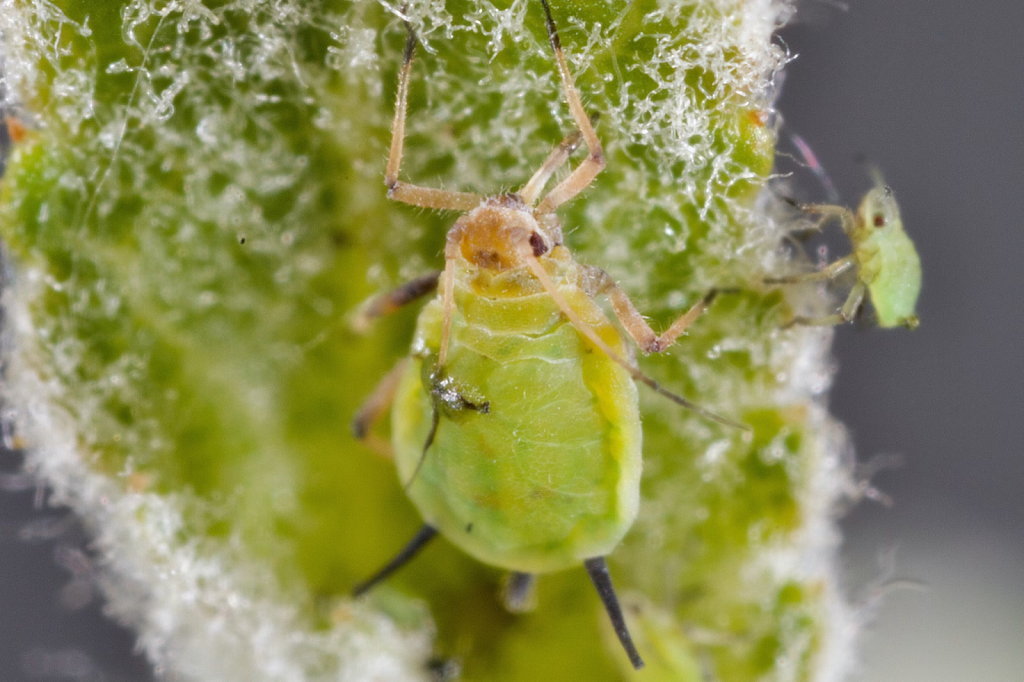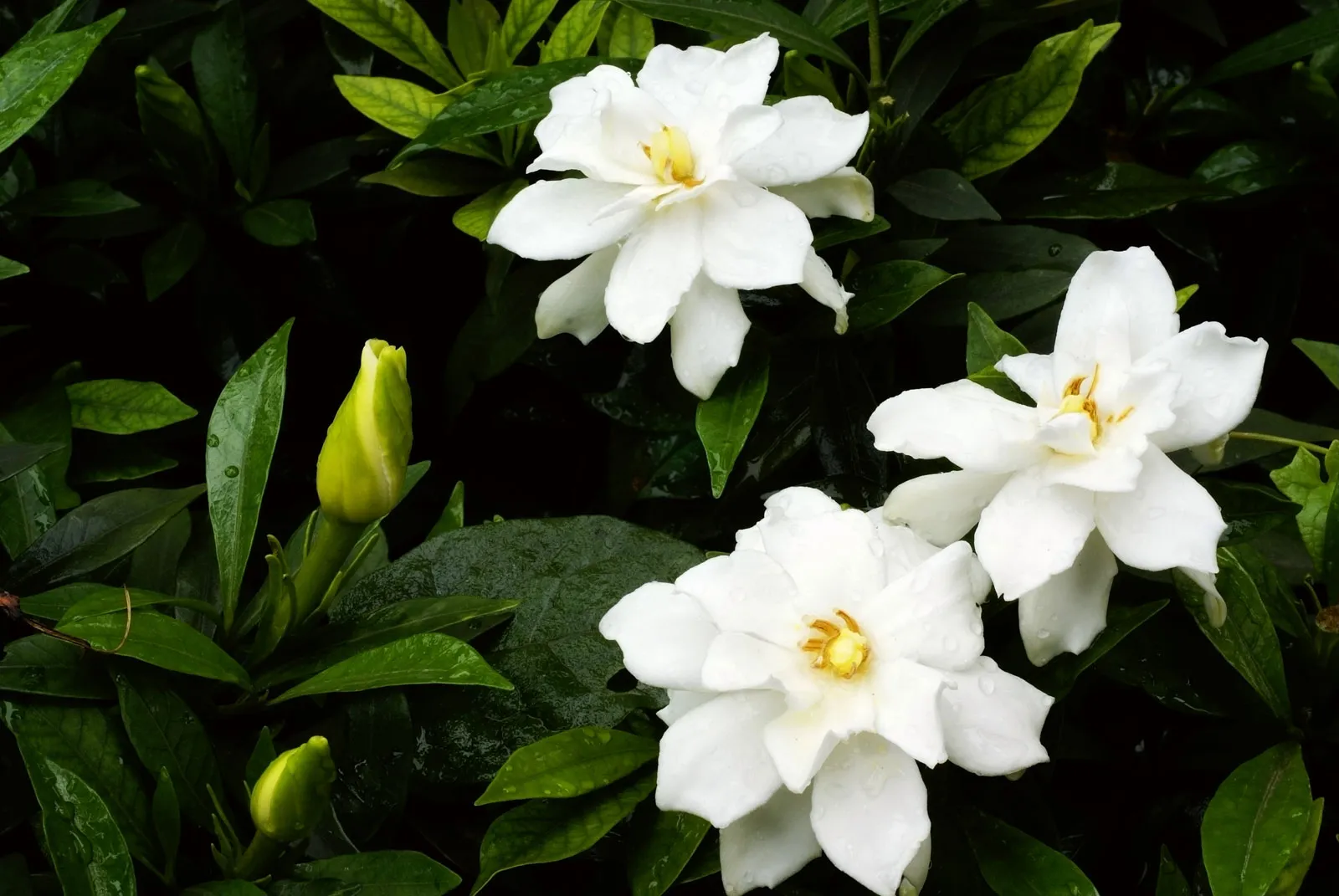Gardenias str loved for their aromatic blooms and glossy, dark green leaves, belong to the subtropical group of perennials, and they can grow as shrubs or trees.
They serve various purposes, acting as hedges, defining garden borders, becoming patio highlights, or being cultivated indoors as houseplants.
Just imagine your garden filled with the intoxicating scent of blooming gardenias! Like a luscious white pearl necklace, they’ll add elegance to any space.
But how do you coax these beauties to bloom? In this guide, you’ll learn how to plant, grow, and care for your gardenias. We’ll help you navigate common issues, ensuring your gardenias remain the star of your garden.
Get ready to immerse yourself in the world of gardenias!
Understanding the Basics of Gardenias
- Gardenias need a site with full sun to light shade, moist and well-drained soil with a pH between 5.0 and 6.0, and high humidity.
- Gardenias prefer warmer climates, so if you’re in a cooler area, you might need to put in some extra effort to create the right conditions.
- When it comes to soil, make sure it’s loaded with organic matter, and acidic. You can achieve this by mixing in compost, sand, or perlite. If you’re unsure about your soil’s pH, get it tested and adjust it accordingly.
- Keep an eye on the temperature, too. During the day, gardenias thrive in temperatures between 65 and 70 degrees Fahrenheit and around 60 at night. Too hot or too cold, and they won’t bloom as well.
- Your gardenias need at least one inch of water per week, but be careful not to overdo it. The soil should be moist, not soggy. Regular misting can help maintain the high humidity they love.
| Step | Description |
| 1. Site Selection | Choose a spot with full sun to light shade. Remember, gardenias love the warmth but also need some protection from scorching summer sun. |
| 2. Soil Preparation | Ensure your soil is well-drained and acidic. Gardenias prefer a pH between 5.0 and 6.0. You might need to enhance your soil with organic matter for the best results. |
| 3. Humidity and Watering | Provide high humidity and keep the soil moist, but not soggy. Over or underwatering can lead to bud drop and yellow leaves. |
| 4. Fertilizing | Fertilize your gardenias every 2-4 weeks during the growing season with a fertilizer designed for acid-loving plants. |
Where to Plant Gardenias?
Gardenias are native to tropical and subtropical regions, therefore they prefer warm and humid environments. In the United States, they are best suited to grow in USDA Hardiness Zones 7 to 10, which cover the southern half of the country and the coastal regions of the West Coast.

Ideal planting spots are next to a south or west-facing wall or fence, where the plant will get plenty of sun, but also some protection from wind and cold weather. Avoid planting gardenias near concrete, as it can make the soil more alkaline.
If you live in a colder region and still want to grow gardenias, you might consider growing them in containers that you can bring indoors during the winter.
Light and Temperature Requirements of Gardenias
Light and temperature play a key role in the care of gardenia plants. The sun exposure that gardenias require varies based on the strength of the sun’s rays and their planting location. The perfect growing climate for these eye-catching plants is between 60 and 70 degrees Fahrenheit.
In warmer climates, gardenias need a mix of full sun and a bit of shade for optimal growth. Locations offering morning sunlight and afternoon shade are most beneficial. During the hotter months, it’s essential to give the plants some shade. While gardenias are fond of sun, they can get damaged if exposed too long, leading to bud loss.
Contrarily, in colder climates, gardenias should be planted in areas with maximum sun exposure. In such cases, shade becomes insignificant, especially when the plant bed is mulched.
When cultivating gardenias in indoor pots, it’s ideal to position them near a window that bathes in direct sunlight for 6 to 8 hours daily. This attention to light exposure aids in the healthy growth of the plants.
Lastly, when planted in outdoor containers, protection from harsh, direct sunlight is critical for gardenias. These plants should be exposed to plenty of indirect light. By maintaining the correct balance of light and temperature, your gardenias can thrive beautifully.
Step-by-Step Guide to Planting Gardenias
Once you are sure you have a site with adequate conditions for gardenias, let’s delve into the step-by-step guide to planting these fragrant beauties.
First, select a suitable site considering the specific requirements of gardenias. If you’re going for potted plants, use a premium potting mix.
Next, dig a hole twice as wide and just as deep as the root ball of your gardenia plant. Place the plant in the hole, ensuring the top of the root ball is level with the soil surface. Fill the hole with soil, firming gently. Water thoroughly to settle the soil around the roots.
Keep the soil consistently damp but not soggy. Regularly mist the foliage to increase humidity.
Lastly, feed your gardenia with an acid-loving plant fertilizer every 2-4 weeks during the growing season. Avoid feeding during the dormancy period (November to February), and prune to maintain shape and encourage new growth.
With proper care, your gardenia will reward you with lush blooms.
How to Water Gardenias
Watering gardenias properly is vital to their care. These plants prefer soil that is consistently moist but not overly wet.
1. Frequency: Gardenias should be watered at least once a week, either with an inch of rainwater or a manual watering.
2. Time of Day: It’s best to water gardenias in the morning. This gives the plants plenty of moisture before the hottest part of the day, and also gives the foliage time to dry before night falls.
3. Surface Watering: When watering gardenias, it’s generally best to water the soil surface directly around the plant, rather than using an overhead method. This helps prevent water from sitting on the foliage, which could potentially lead to fungus growth.
4. Drainage: Ensure that your gardenias are planted in well-draining soil, as they don’t do well when waterlogged. If the plant is in a container, ensure it has drainage holes.
5. Drought: If gardenias are allowed to dry out, the leaves will begin to turn yellow and the buds may fall off. So, monitor the moisture level of the soil regularly.
Remember, these are general guidelines, and the exact watering schedule could vary based on the specific environmental conditions in your area. It’s best to check the soil’s moisture level before watering by sticking your finger about an inch deep into the soil near the base of the plant.
If the soil feels dry at that depth, it’s time to water; if it feels moist, wait another day or two before checking again.
Common Pests and Diseases in Gardenias
You’ve got to keep an eye out for common pests and diseases that can afflict these beautiful shrubs. From aphids to root rot, your gardenias can fall prey to a variety of problems if you’re not vigilant. The key to maintaining healthy plants is early detection and prompt treatment.

Here’s a quick reference table to help you identify the most common issues:
| Pest/Disease | Symptoms | Treatment |
| Aphids | Yellow, curling leaves; sticky residue | Use insecticidal soap or neem oil |
| Sooty Mold | Black coating on leaves | Control aphids; clean leaves with a mild soap solution |
| Root Rot | Yellow, wilting leaves; black, mushy roots | Improve drainage; consider a fungicide |
| Spider Mites | Yellow spots on leaves; tiny web-like structures | Use miticides or insecticidal soap |
| Whiteflies | Yellowing leaves; white cloud of tiny flies when disturbed | Use insecticidal soap or neem oil |
| Leaf Spot | Brown or black spots on leaves | Remove affected leaves; apply fungicide |
Don’t let these issues deter you. With a keen eye and the right treatment, you can keep your gardenias healthy and beautiful.
Remember, prevention is better than cure. Regularly inspect your plants for signs of pests and diseases. Invest time in proper care and maintenance to ensure your gardenias stay vibrant and pest-free.
So, roll up your sleeves, it’s time to safeguard your gardenias.
Pruning and Maintenance Tips for Gardenias
Pruning is an essential part of keeping fragrant shrubs, like gardenias, in top shape. It encourages new growth and helps maintain their overall health. To keep your gardenias looking their best, you need to be hands-on with them.
Here’s a simple four-step guide for you to follow:
1. The right time: The best time to prune your gardenias is right after they bloom, usually in the summer or early fall. This gives them plenty of time to recover before the next growing season.
2. Use the right tools: A sharp pair of pruning shears will give you a clean cut and help prevent disease. Make sure to clean your shears before and after use.
3. Make your cuts: Cut back to just above a leaf node or a bud. This is where new growth will appear. Be careful not to cut too far back into the woody part of the plant.
4. Shape it up: Shape your gardenias as you like, but be aware that drastic cuts could harm the plant. It’s best to maintain the natural shape of the shrub.
Winter Care for Your Gardenias
It’s crucial to protect these lovely shrubs from freezing temperatures during winter months. Gardenias aren’t fond of the cold and can be quite sensitive to frost.
So, if you live in a colder climate, consider growing your gardenias indoors or in a heated greenhouse [add internal linking to ‘All You Need To Know About DIY Greenhouses’ once published] during the winter.
But what if your gardenias are already in the ground? Don’t worry, you’ve got options. You can protect your precious plants by covering them with a frost blanket or even a large cardboard box on particularly cold nights.
Just remember to remove the coverings during the day to allow sunlight to reach the plants.
Another great tip is to mulch around your gardenias. This not only retains moisture but also acts as an insulator, protecting the roots from the cold.
Lastly, keep in mind that gardenias prefer a consistent temperature. Try to avoid exposing them to sudden temperature changes as this can cause bud drop, a common problem for gardenias in winter.
Frequently Asked Questions
What Are Some Companion Plants That Pair Well With Gardenias in a Garden Design?”
Gardenias pair well [add internal linking to ‘Companion Plants for Beneficial Insects’ once published] with camellias, azaleas, and rhododendrons, which share similar soil and light conditions. Also, consider ferns for texture and roses for a stunning fragrance contrast.
How Can I Propagate Gardenias From Cuttings?
To propagate gardenias from cuttings, you should take a 4-6 inch cutting from the tip of a branch. Strip the lower leaves, dip the cut end in rooting hormone, then plant it in a pot with soil.
What Are Some Organic Pest Control Methods for Gardenias?
An ounce of prevention is worth a pound of cure. You can use natural predators, like ladybugs, for aphids. For larger pests, try a homemade spray of water, dish soap, and cayenne pepper.
Can I Grow Gardenias Indoors and How Should I Care for Them?
Yes, you can grow gardenias indoors. Keep them in a bright spot, maintain high humidity, and water regularly. Use acidic soil, and feed with an acid-loving plant fertilizer during the growing season.
Is There a Specific Time of the Year Best for Planting Gardenias?
Yes, there’s the best time to plant gardenias. Aim for spring or fall, when temperatures are moderate. This gives your plants a chance to establish roots before extreme summer or winter conditions set in.
Was it helpful?

Enamored with the world of golf Jack pursued a degree in Golf Course Management at THE Ohio State University. This career path allowed him to work on some of the highest profile golf courses in the country! Due to the pandemic, Jack began Inside The Yard as a side hustle that quickly became his main hustle. Since starting the company, Jack has relocated to a homestead in Central Arkansas where he and his wife raise cattle and two little girls.

